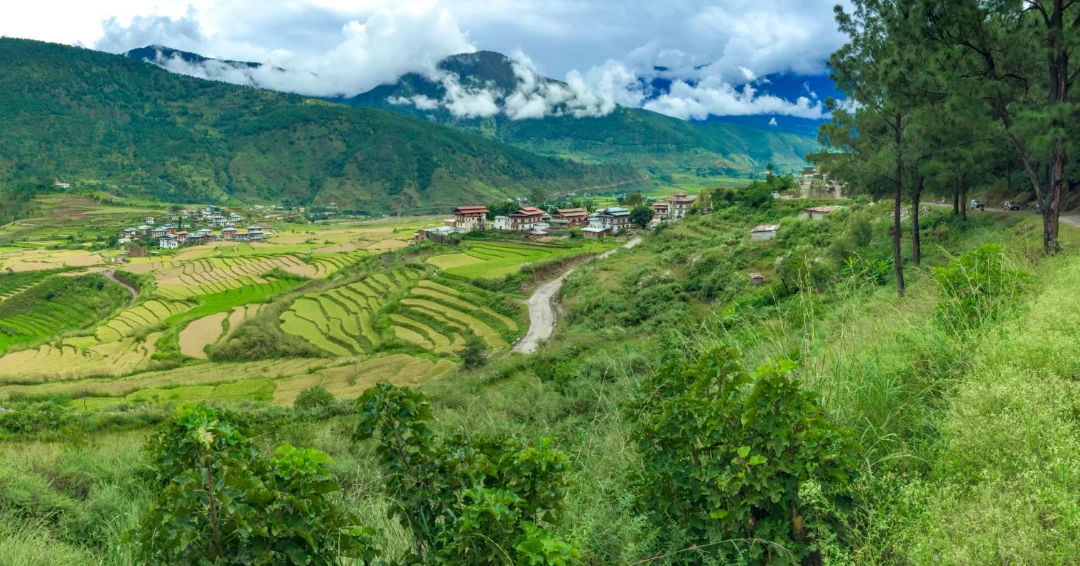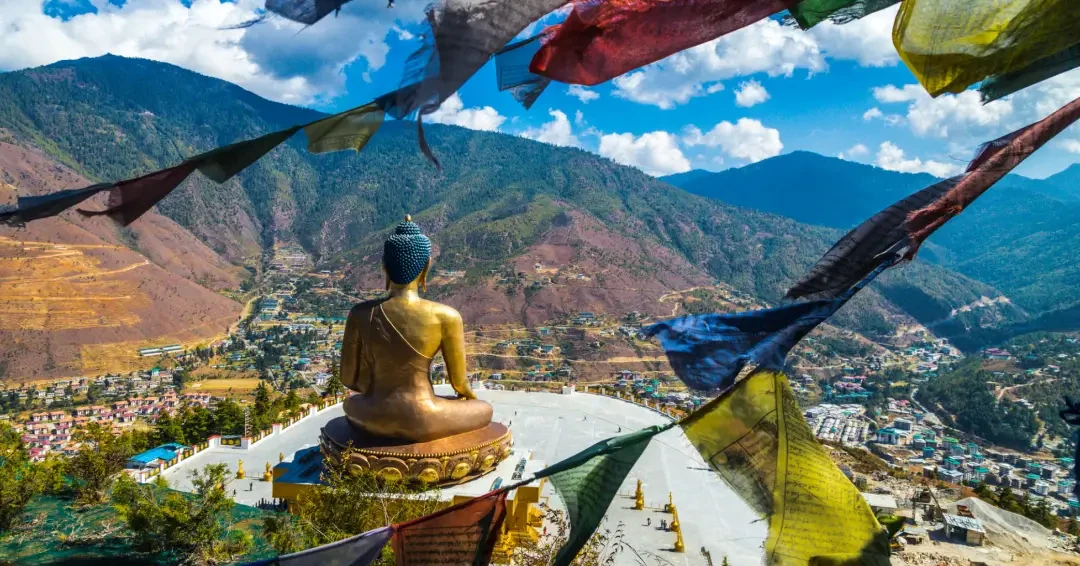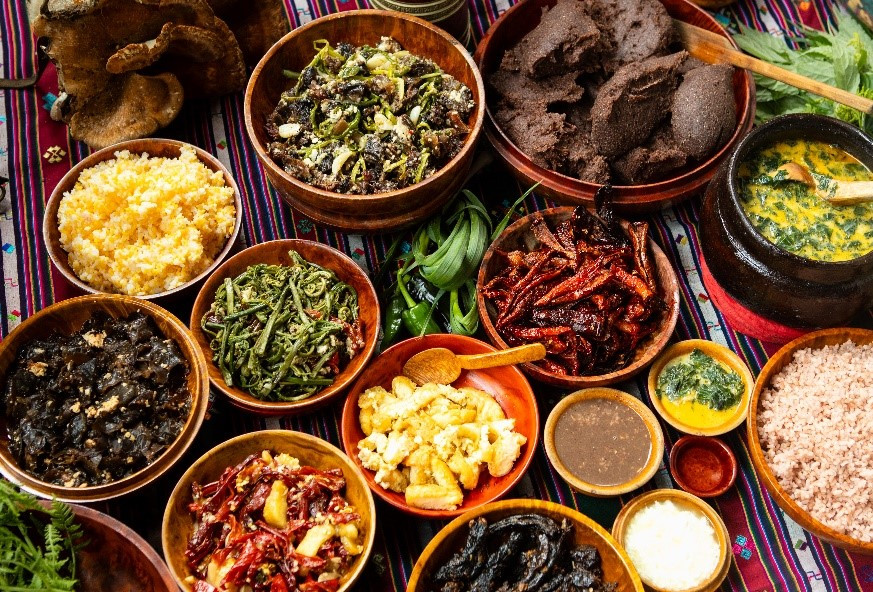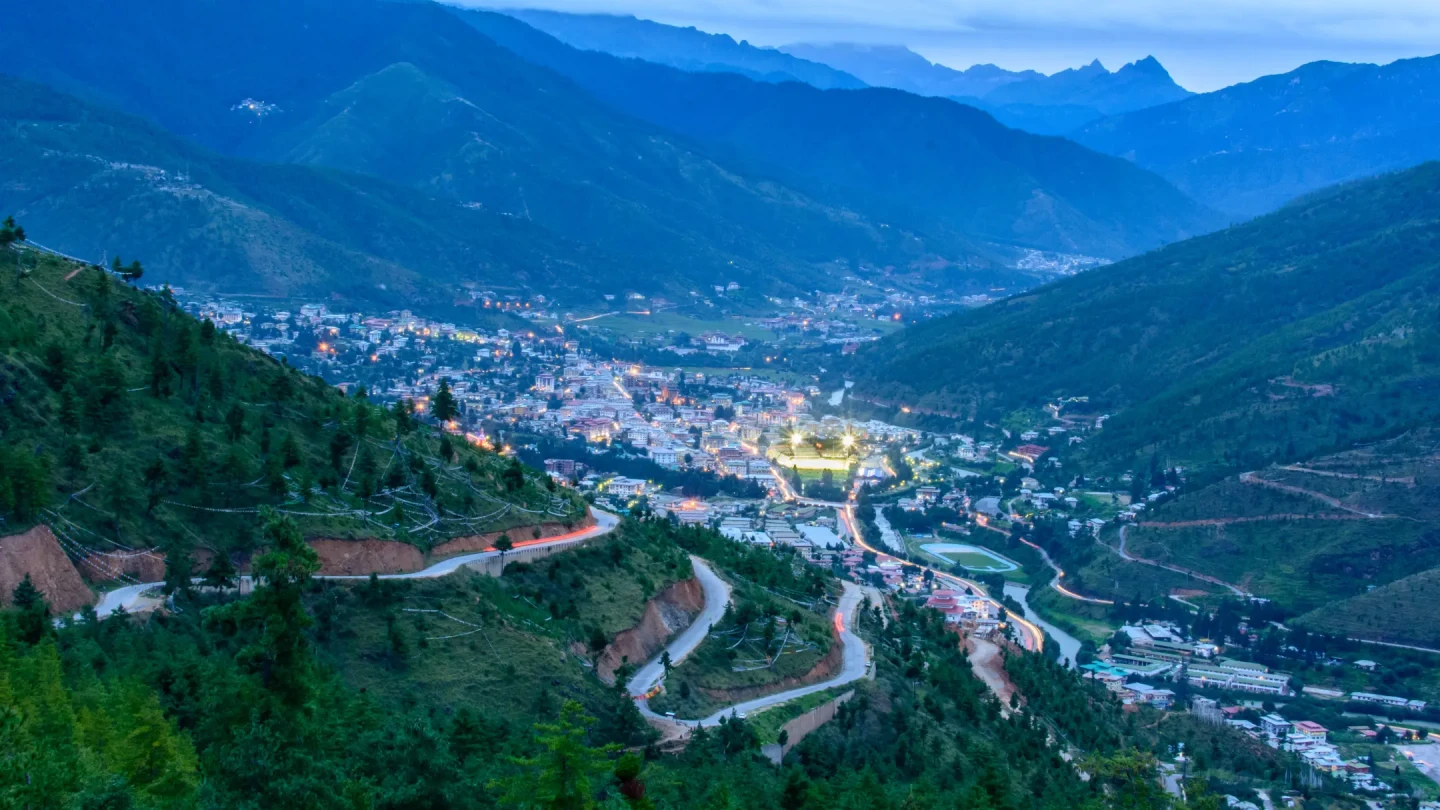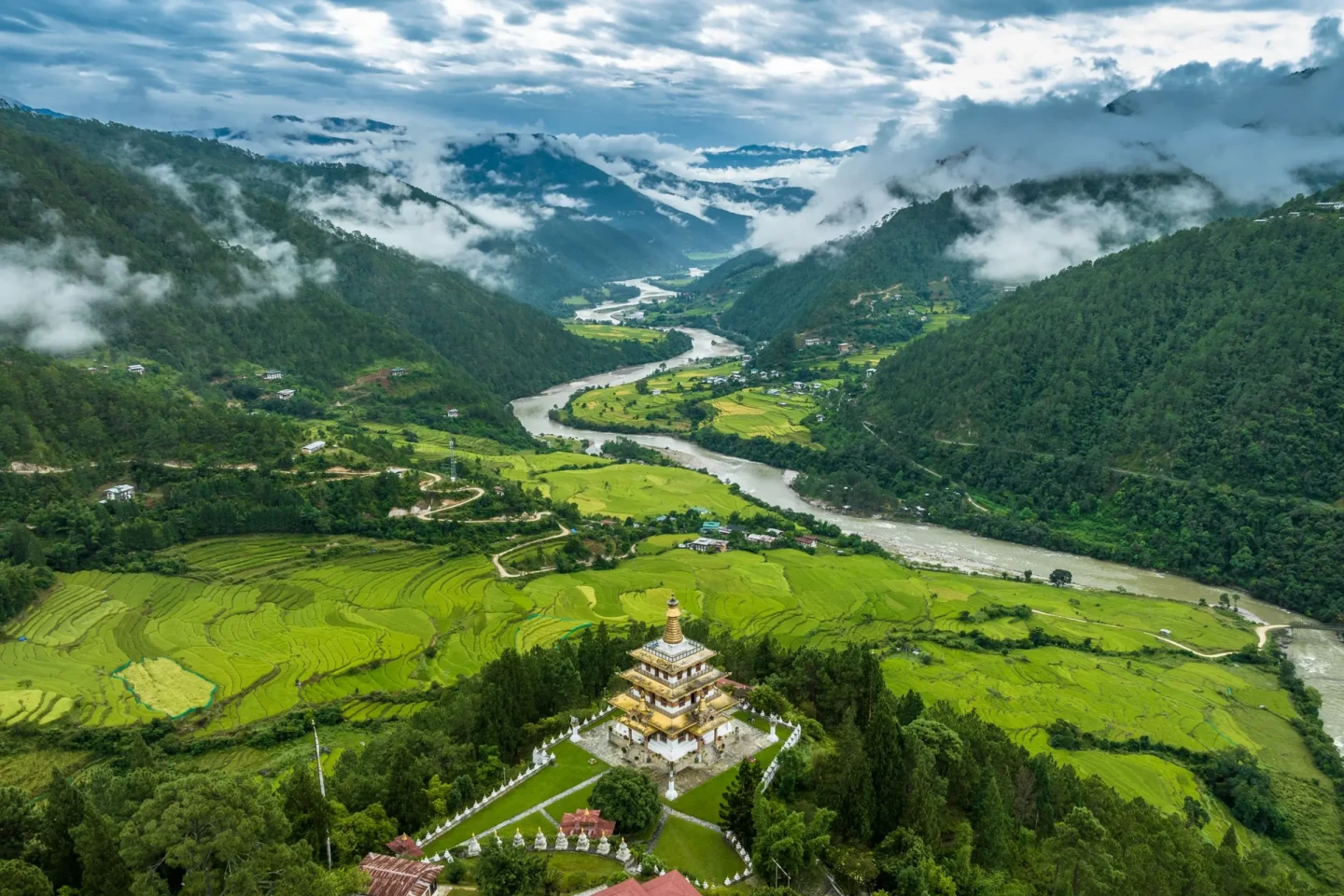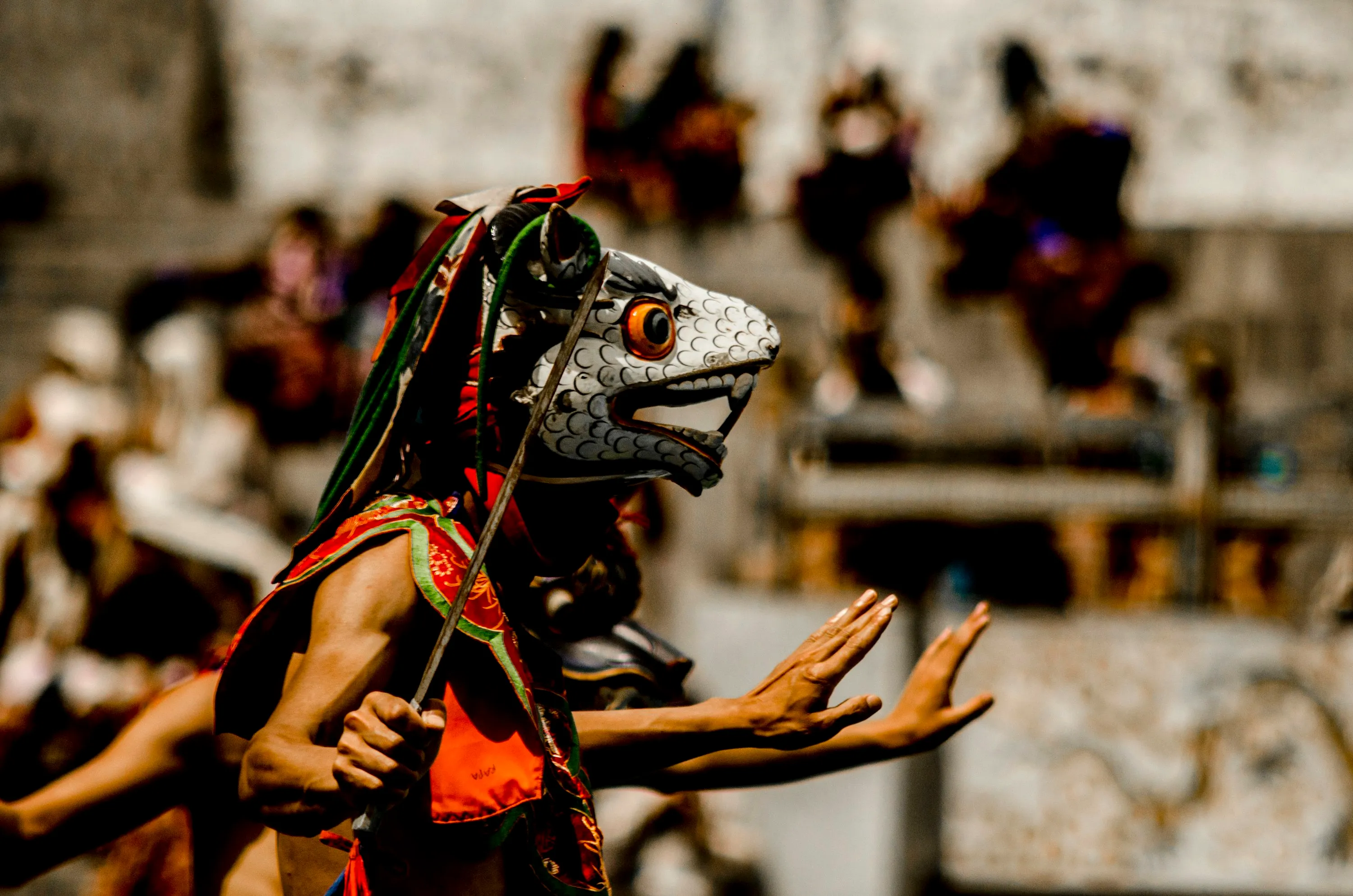Nestled in the eastern Himalayas, Bhutan offers a profound contrast to the tropical vibrancy of Cambodia, yet shares intriguing parallels that can make the experience feel both exotic and familiar. Both nations are steeped in Buddhist heritage, with Cambodia's majestic Angkor Wat echoing the spiritual depth of Bhutan's ancient dzongs and monasteries, and both have endured historical challenges while preserving monarchies that embody national identity—Cambodia as a constitutional monarchy and Bhutan as a democratic constitutional monarchy since 2008. Diplomatic relations between our countries, established through mutual membership in the United Nations and shared commitments to regional cooperation in Asia, foster a sense of kinship, though interactions remain modest due to geographical distance. Bhutan, however, lacks the bustling urban energy and expansive flatlands of Cambodia's Mekong Delta, instead presenting rugged mountains, pristine forests, and a philosophy of Gross National Happiness that prioritizes well-being over rapid modernization. This guide aims to equip you with realistic insights, acknowledging that travel here involves adapting to high altitudes, winding roads, and a slower pace, but rewards with unparalleled natural beauty, spiritual tranquility, and genuine hospitality that can transform your perspective on life. While challenges like unpredictable weather exist, the authenticity of Bhutan makes it a compelling destination for Cambodians seeking respite from the heat and crowds, offering instead cool mountain air, vibrant festivals, and opportunities for cultural immersion that resonate with your own rich traditions.
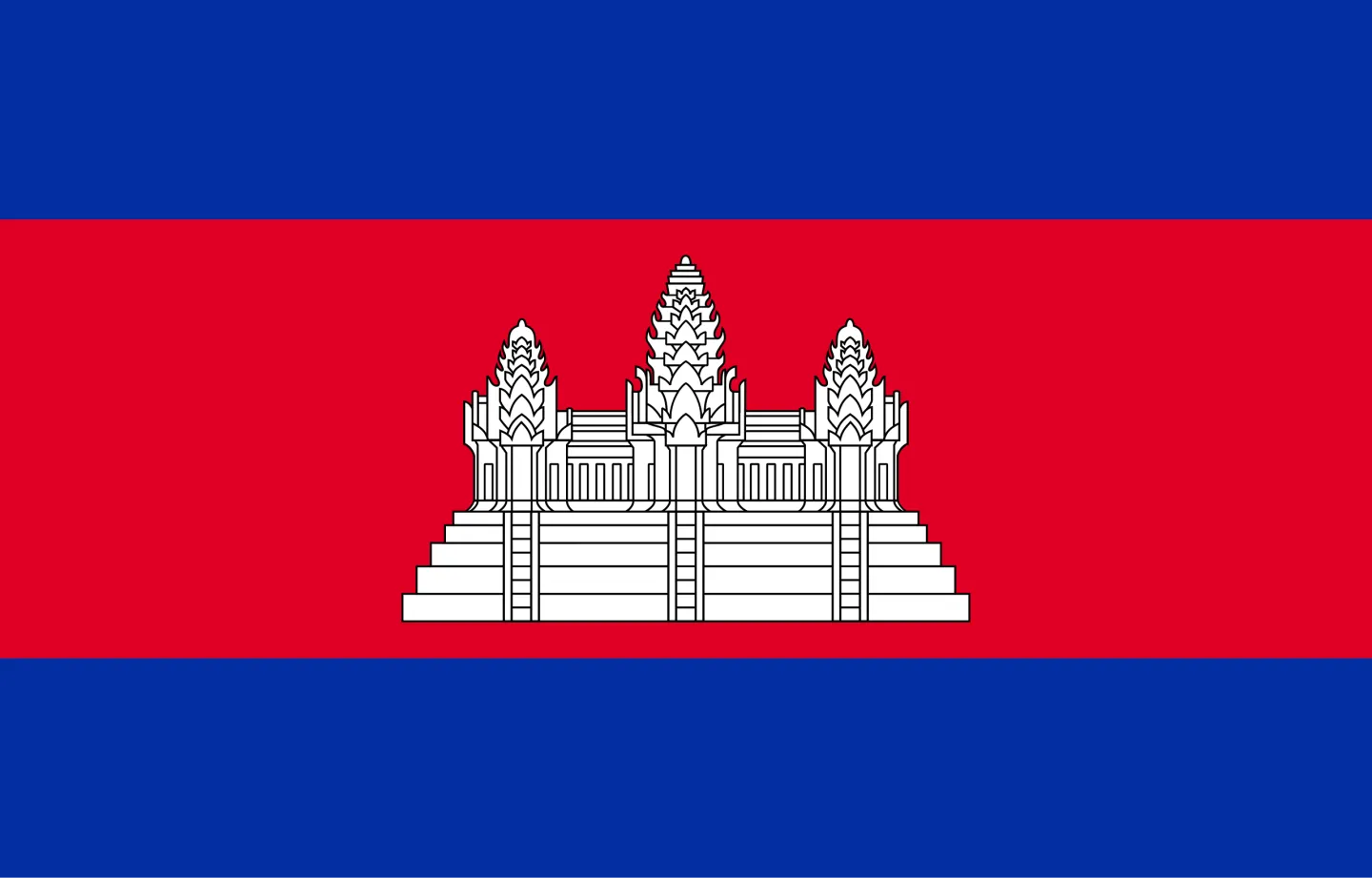
Visa and Entry Requirements
Bhutan's tourism is governed by a controlled policy designed to preserve its environment and culture, mandating that all foreign visitors, including those from Cambodia, must book their trips through licensed Bhutanese tour operators. This approach ensures sustainable development and high-quality experiences, differing from the more open visa-on-arrival systems familiar to Cambodians traveling regionally. For Cambodian tourists, the visa process begins with selecting a reputable tour operator who handles the application on your behalf; you cannot apply independently. Required documents include a scanned copy of your passport, valid for at least six months beyond your planned stay, and a recent passport-sized photo. The operator submits these to the Tourism Council of Bhutan, typically securing approval within five business days. The visa fee is approximately USD 40 per person, but it is intrinsically linked to the Sustainable Development Fee (SDF) of USD 100 per day for adults, with concessions for children—half for those aged 6 to 12 and free for under 6. This SDF, paid upfront as part of your tour package via bank transfer, funds conservation, education, and healthcare, directly impacting the overall cost of your trip by emphasizing quality over mass tourism. Once approved, you'll receive an e-visa letter to present at immigration upon arrival at Paro International Airport. This structured system, while requiring advance planning, guarantees personalized services like guided tours and accommodations, making your entry seamless and aligned with Bhutan's ethos of mindful travel.
Travel Routes from Cambodia to Bhutan
Transitioning from the visa formalities, planning your journey from Cambodia to Bhutan involves navigating indirect flight routes, as there are no direct connections between the two countries. Major Cambodian cities like Phnom Penh and Siem Reap serve as starting points, with the most convenient transits occurring in Bangkok, Thailand, due to its proximity and frequent flights. From Phnom Penh International Airport (PNH), you can fly with airlines such as Thai Airways or Bangkok Airways to Suvarnabhumi Airport in Bangkok, then connect to Paro International Airport (PBH) via Druk Air (Bhutan's national carrier) or Bhutan Airlines, the only two operators permitted to fly into Bhutan. Similarly, from Siem Reap, options include Emirates or Bangkok Airways for the initial leg. Alternative routes via Kathmandu in Nepal or Delhi in India are possible but less frequent, often requiring overnight stays and adding complexity. Paro Airport, perched at 2,235 meters in a narrow valley surrounded by peaks, is one of the world's most challenging for pilots, with flights operating only during daylight and subject to weather disruptions like fog or high winds, which can cause delays or cancellations—expect flexibility in your schedule. Booking should be done well in advance through your tour operator, who can coordinate seamless connections, and aim for shoulder seasons to avoid peak crowds. Realistic expectations include total travel times of 8 to 12 hours, potential jet lag from time zone differences (Bhutan is one hour ahead of Cambodia), and the thrill of a dramatic landing that offers stunning Himalayan views right from the descent.
Best Time to Visit and Seasonality
With travel logistics in place, selecting the optimal time to visit Bhutan is crucial for maximizing enjoyment, as the country's Himalayan climate varies dramatically across seasons, influencing everything from weather to cultural events. Bhutan experiences four distinct seasons: spring (March to May) brings mild temperatures averaging 10-20°C in valleys, blooming rhododendrons, and clear skies ideal for trekking, though occasional showers may occur; summer (June to August) introduces the monsoon with heavy rains, warmer lows of 15-25°C, lush greenery, but slippery roads and leech-infested trails, making it less favorable for outdoor activities. Autumn (September to November) offers crisp air at 5-20°C, vibrant festivals like Thimphu Tshechu, and minimal rainfall, drawing larger crowds but providing excellent visibility for mountain vistas. Winter (December to February) features cold snaps down to -5°C in higher areas, with snowfall enhancing scenic beauty but potentially closing passes, suited for those seeking solitude and cultural introspection. For Cambodian travelers accustomed to tropical heat, autumn emerges as the prime recommendation, balancing comfortable weather, fewer crowds than peak spring, and festival highlights that mirror the communal spirit of Cambodian celebrations like Khmer New Year. Planning around these seasons ensures alignment with your interests, whether nature hikes or spiritual festivals, while preparing for variability helps mitigate any disruptions.
Money, Costs, and Payment Methods
As you align your visit with Bhutan's seasons, understanding financial aspects becomes essential for a stress-free trip, particularly given the differences from Cambodia's riel-based economy. Bhutan's currency, the Ngultrum (BTN), is pegged one-to-one with the Indian Rupee (INR), and while USD is widely accepted for exchanges, carrying crisp bills yields better rates at banks or authorized outlets in Thimphu and Paro. ATMs are available in major towns, supporting Visa and Mastercard with potential fees, but rural areas lack them, so withdraw cash early; credit cards are accepted at upscale hotels and shops with a 3-5% surcharge, though smaller vendors prefer cash. Your tour package, mandatory for entry, typically covers accommodations, meals, transport, guides, and entry fees, with costs influenced by the SDF and group size—expect USD 250-300 per day per person for standard tours, higher for luxury. Extras like alcoholic drinks, tips (USD 10-15 daily for guides and drivers), souvenirs, and personal expenses such as laundry are out-of-pocket, so budget an additional USD 50-100 daily. For Cambodians, exchanging USD before departure or using international cards sparingly minimizes hassles, ensuring you focus on experiences rather than transactions in this cash-preferred society.
Health, Safety, and Travel Insurance
Beyond budgeting, prioritizing health and safety is paramount in Bhutan, where the high-altitude terrain contrasts sharply with Cambodia's lowlands, presenting unique risks that require proactive measures. Altitude sickness is a primary concern, with symptoms like headaches, nausea, and fatigue emerging above 2,500 meters; acclimatization through gradual ascent and hydration helps, but consult a doctor for medications like acetazolamide if prone. Recommended vaccinations include hepatitis A, typhoid, and tetanus, plus rabies if venturing off-path, as stray dogs are common; medical facilities are basic outside Thimphu, so comprehensive travel insurance covering emergency evacuation—often by helicopter—is non-negotiable, given costs can exceed USD 10,000. Bhutan boasts exceptional safety with low crime rates, thanks to strong community values, but petty theft in tourist areas warrants vigilance, and uneven terrain or slippery paths demand sturdy footwear. Small risks like dog bites or foodborne illnesses from spicy cuisine can be mitigated by avoiding street food and using repellents. This secure environment, far safer than urban Cambodia, allows for peaceful exploration, but insurance ensures peace of mind against unforeseen issues.
Cultural Etiquette and Social Expectations
Embracing Bhutan's safety naturally leads to appreciating its cultural etiquette, where respectful behavior fosters meaningful connections, adapting slightly from Cambodian norms while honoring shared Buddhist roots. Bhutanese society emphasizes modesty, patience, and humility; dress conservatively with covered shoulders and knees, especially in temples and monasteries, mirroring Cambodian temple visits but with warmer layers for the climate. Remove hats, shoes, and sunglasses indoors at sacred sites, walk clockwise around stupas, and avoid pointing at religious artifacts or people—use an open palm instead. Socially, greet with a slight bow and "Kuzuzangpo la" (hello), offering or receiving items with both hands or the right supported by the left, similar to Cambodian gestures of respect. Patience is key in interactions, as Bhutanese prioritize harmony over haste, and humility shines through quiet speech and avoiding boastfulness. Cambodian travelers might adjust from more direct communication to Bhutan's indirect style, where "yes" can mean understanding rather than agreement, but the warmth of hospitality—often including tea invitations—echoes Khmer generosity, enriching your journey through genuine cultural exchange.
Connectivity, SIM Cards, Internet Access
While immersing in cultural nuances, staying connected in Bhutan supports practical needs, though infrastructure differs from Cambodia's widespread networks. Wi-Fi is available in most hotels and cafes in urban areas like Thimphu and Paro, but speeds are moderate and reliability varies in remote valleys, with occasional outages during monsoons. For mobile data, purchase a local SIM from B-Mobile (Bhutan Telecom) or TashiCell at Paro Airport or town outlets; both offer affordable tourist packages with data, calls, and texts—B-Mobile has broader coverage, while TashiCell provides competitive plans starting at BTN 200 for 1GB. Present your passport for registration, and top-ups are easy via apps or vouchers. Cambodian apps like Telegram or LINE work fine, but some services may face restrictions, making a VPN useful for unrestricted access. This setup ensures you can share experiences or navigate, blending connectivity with Bhutan's unplugged charm.
Language and Communication
Complementing connectivity, effective communication in Bhutan bridges potential language gaps, with English serving as a key facilitator in tourism despite Dzongkha being the national tongue. English is the medium of instruction in schools and widely spoken by guides, hotel staff, and younger locals, making interactions straightforward for English-proficient Cambodians. However, Khmer-speaking guides are unavailable, as tourism caters primarily to English, Hindi, or Mandarin groups; your licensed guide, fluent in English, will interpret during cultural exchanges. For limited English speakers, simple phrases like "thank you" (Kadrinche la) or gestures aid, while apps like Google Translate with offline modes assist in rural areas. Patience and smiles transcend barriers, fostering connections that highlight shared Asian hospitality.
Packing and Preparation Advice
Armed with communication strategies, thoughtful packing prepares you for Bhutan's diverse climates, from valley mildness to high-altitude chills, contrasting Cambodia's consistent warmth. Layer clothing: breathable base layers, fleece jackets, waterproof windbreakers, and thermal wear for evenings; modest attire like long pants and scarves for temples, plus sturdy hiking boots for trails. Personal items include sunscreen, insect repellent, reusable water bottle, and snacks for dietary preferences. Medications are vital—altitude sickness pills, pain relievers, antidiarrheals, and prescriptions—along with a first-aid kit. Power adapters for 230V type D/G sockets, portable charger for outages, and binoculars for wildlife. For Himalayan conditions, pack gloves, hats, and UV sunglasses; lightweight backpack for day trips. This preparation ensures comfort amid variable weather, enhancing your adventure.
Bhutan’s Unique Tourism Philosophy
Understanding what to pack transitions into grasping Bhutan's tourism philosophy, rooted in Gross National Happiness (GNH), which prioritizes holistic well-being over economic growth. Introduced in the 1970s, GNH measures progress through psychological wellness, cultural preservation, environmental sustainability, and good governance, shaping policies that limit visitor numbers via the SDF and mandatory tours. This "high value, low volume" approach prefers quality experiences that minimize ecological impact, differing from mass tourism in places like Cambodia's Siem Reap. By capping development and modernization, Bhutan safeguards its biodiversity—72% forest cover—and traditions, inviting Cambodian travelers to appreciate why such caution fosters authentic, transformative journeys rather than commodified ones.
Mindset and Expectations for Visitors
Aligning with this philosophy requires adjusting your mindset, as Bhutan's slower pace and limited infrastructure offer a respite from Cambodia's dynamic energy. Expect unhurried daily life, where meals and transport prioritize quality over speed, and small family-run hotels provide cozy authenticity over luxury chains. Absent are vibrant nightlife, high-end shopping malls, or fast-paced entertainment; instead, evenings involve stargazing or cultural shows, emphasizing nature, spirituality, and introspection. Infrastructure like winding roads may cause motion sickness, but they lead to breathtaking vistas. Embracing this—valuing serenity over convenience—unlocks Bhutan's essence for Cambodians seeking deeper fulfillment.
Food and Dining Culture
This mindful approach extends to dining, where Bhutanese cuisine reflects simplicity and hospitality, blending spicy flavors with communal warmth akin to Cambodian family meals. Staples include red rice, hearty and nutty, paired with ema datshi—chilies in cheese sauce, fiery yet creamy—or phaksha paa (pork with vegetables). Dishes are cheese-heavy, vegetable-focused, and moderately meaty, with influences from Tibetan and Indian cuisines, but less seafood than Cambodia. Dining etiquette involves eating with hands or spoons, accepting seconds as a compliment, and enjoying butter tea (suja) or ara (rice wine) in moderation. Hospitality shines through generous portions and shared meals, making food a gateway to cultural bonds.
Festivals, Religion, and Sacred Places
Dining often ties into festivals, where religion permeates Bhutanese life, offering profound experiences at sacred sites that parallel Cambodia's spiritual heritage. Mahayana Buddhism dominates, with monasteries like Taktsang (Tiger's Nest) symbolizing devotion; visitors witness monks chanting and prayer wheels spinning, gaining insight into karma and mindfulness. Tshechus, annual festivals with masked dances and rituals, honor Guru Rinpoche, fostering community joy—attend in modest attire, maintaining silence and clockwise movement. Etiquette demands respect: no photography inside temples, lowered voices, and offerings if inclined. These elements deepen understanding of Bhutan's soul, enriching Cambodian travelers with familiar yet unique spiritual parallels.
Hidden Challenges and Practical Inconveniences
Amid these enriching experiences, acknowledging challenges like slow service or itinerary changes due to weather frames them as part of Bhutan's authentic charm, not flaws. Roads are narrow and winding, prone to landslides in monsoons, extending travel times; power outages occur, especially in remote areas, but candlelit evenings add romance. Service may seem leisurely, reflecting a non-rushed culture, and accommodations vary in modernity. Patience transforms these into opportunities for reflection, much like navigating Cambodia's rural paths, enhancing appreciation for Bhutan's preserved simplicity.
Shopping and Souvenirs
Navigating inconveniences leads to delightful shopping, where Bhutan offers artisanal treasures over commercial excess. Handwoven textiles like kira and gho fabrics, intricate wood carvings, incense, and Thangka paintings dominate markets in Thimphu and Paro; seek authenticity at government emporiums to avoid fakes. Bargaining is subtle and polite, unlike vibrant Cambodian markets, with fixed prices common in shops but negotiable at stalls—aim for 10-20% off. These souvenirs embody craftsmanship, providing meaningful mementos without the overwhelm of malls.
Altitude Awareness and Physical Preparedness
Shopping excursions may involve elevation changes, underscoring the need for altitude awareness, as Bhutan's terrain affects travelers variably. Symptoms—headache, dizziness, shortness of breath—emerge rapidly; precautions include ascending slowly, hydrating (3-4 liters daily), avoiding alcohol, and eating light carbs. Acclimatize in Paro before higher sites, monitor for severe signs like confusion, and descend if needed. Physical prep via cardio builds stamina for treks, ensuring Cambodian visitors, unused to heights, enjoy without distress.
Security, Safety, and Emergency Information
With physical readiness, Bhutan's exemplary safety reassures, with low crime and respectful locals, though practical advice enhances security. Emergency contacts: 112 for ambulance, 113 for police, 110 for fire; Cambodian embassy support via Thailand, as none exists in Bhutan. Respect laws like no tobacco sales (import limited) and wildlife protection. This secure haven allows worry-free exploration.</p>
<h2 style="font-size: 22px; line-height: 32px;">Photography and Drones</h2>
<p>Capturing memories requires adhering to photography rules, prohibiting shots inside temples or government buildings to preserve sanctity—ask permission for people. Drones demand permits from the Civil Aviation Authority, restricted near sensitive areas; recreational use is limited, often denied for tourists. Respectful outdoor photography enriches without intrusion.
What Bhutan Does Not Have
Bhutan's absences—no skyscrapers piercing the sky, fast-food chains like McDonald's, casinos, or sprawling malls—underscore its commitment to harmony, charming in their omission by fostering a grounded, uncommercialized experience.
Important Questions to Ask Before Booking a Tour
Before committing, engaging your tour operator with targeted questions ensures a tailored fit; inquire about guide qualifications and language skills, confirming English fluency and cultural expertise to bridge any gaps for Cambodian groups. Discuss itinerary flexibility, asking how weather or health issues might alter plans and what alternatives exist, promoting adaptability in Bhutan's variable conditions. Probe accommodations, seeking details on standards, locations, and amenities like Wi-Fi or heating, to match your comfort expectations. On food, clarify dietary accommodations for preferences or allergies, including vegetarian options amid spicy Bhutanese fare. For emergencies, ask about protocols, medical access, and insurance requirements, emphasizing evacuation coverage. Query SIM card arrangements and connectivity support for staying in touch. Address tipping customs, typically USD 10-15 daily per staff, and language barriers in remote areas. Finally, confirm inclusions like SDF payments and extras, fostering transparency for a seamless journey.
Conclusion
In reflection, Bhutan stands as a rare gem for Cambodian travelers, offering not just scenic splendor but a pathway to cultural depth, natural purity, and spiritual serenity that contrasts yet complements your homeland's vibrancy. In a world of hurried commercialization, Bhutan's deliberate pace invites introspection and joy, making it an ideal haven for those yearning for meaningful escapes over superficial thrills.





